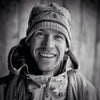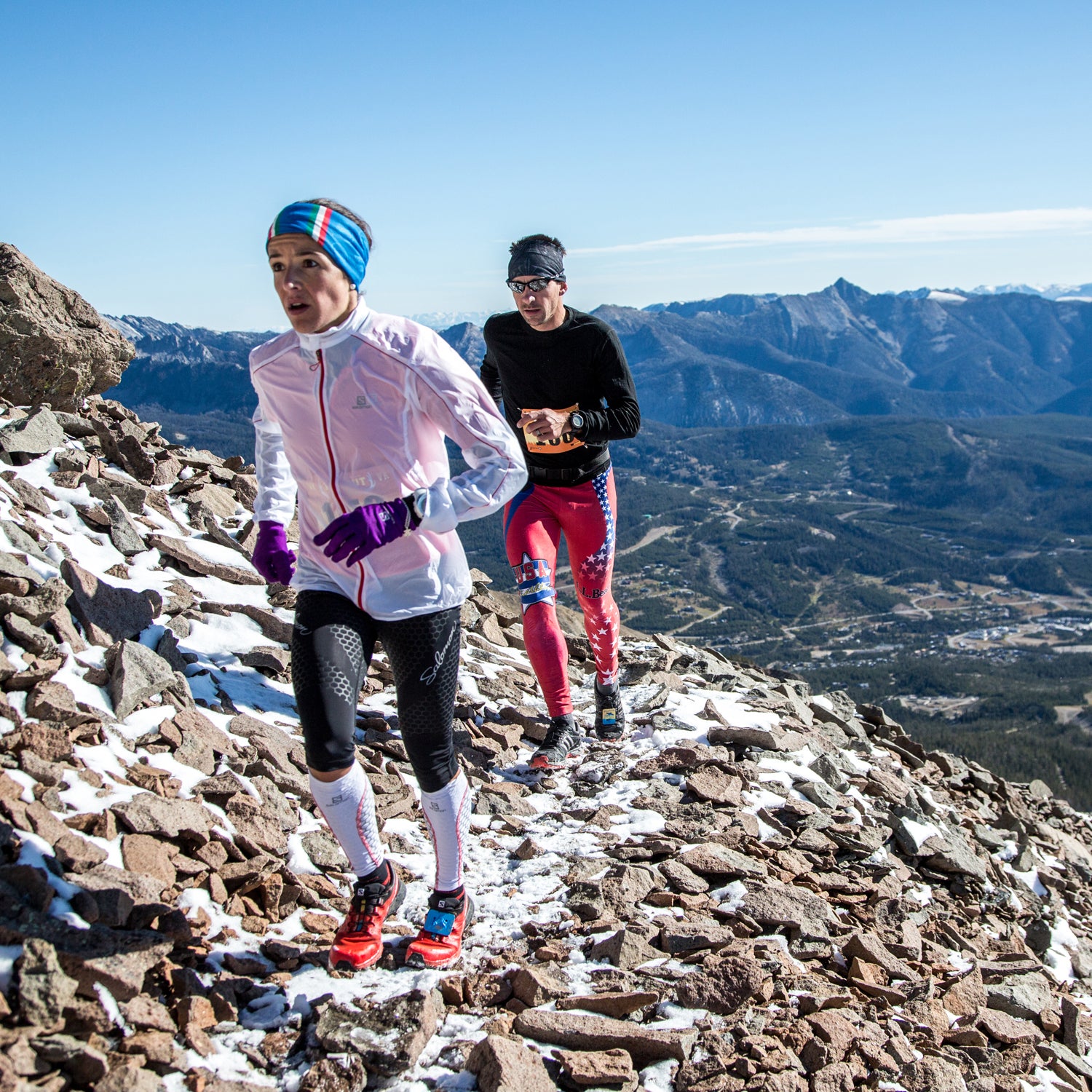The Rut 50K, which takes place each August in Big Sky, Montana, may be the toughest race in the country. Runners ascend more than 10,000 vertical feet, skitter along an exposed ridge, and hurl themselves down a 40-degree scree field. Unlike most ultras in the U.S., where the main attraction is distance, this one was modeled on the European tradition of mountain racing—brutal competitions on serious, sometimes dangerous high-altitude terrain. Despite the difficulty, the Rut sold out all 600 spots last year. “People really respond to this type of steep, exposed, mountain-style race,” says cofounder Mike Foote.
As of June, they no longer have to fly to Montana to find them. That’s when Skyrunning, a series that draws a total of 30,000 runners each year to 15 events in Europe, held the first of 19 American races taking place this year. In September, when runners line up for the Rut, it, too, will be part of the series. (It was a pilot event last season.)
Not all American Skyrunning races are as demanding as the Rut, but each must take runners up and down a grade that’s at least 30 percent and above 6,600 feet. Organizers are hoping Foote isn’t the only American excited about that. “We want to make these races accessible to more people,” says U.S. series director Ian Sharman. “It allows them the chance to do epic events without having to go to Europe.”
Skyrunning's U.S. ultra races gain an average of 12,400 feet of elevation.
There are multiple tiers in Skyrunning. Races in the World Series and Continental Championships allow pro runners like Foote to accumulate points toward international rankings. The National Series, meanwhile, is aimed at competitive amateurs. Events can include three races: an ultra of 50 kilometers or longer, a Sky race in the half-marathon range, and a Vertical Kilometer, which climbs more than 3,000 feet in less than three miles.
Organizers are staking the success of the series on explosive growth in running in the U.S.: nearly four times as many Americans laced up in 2013 as in 1990, according to Running USA. Registration at small events like Telluride’s Imogene Pass Run now sell out in hours; at marquee ultras like the Hardrock 100, runners may wait years to get a starting bib.
Growth has been especially strong at events with a European-inspired ethic: find a mountain, plot a route, and run. (A similar mindset has driven the rapid rise of ski mountaineering in the United States.) “In Europe, it’s more, ‘Here’s this awesome course, let’s run it,’” says Bryon Powell, editor of the website iRunFar.com. “The roots of Skyrunning came from people running to the top of the Matterhorn.”
Whether an entire U.S. series can work remains to be seen. It will have to compete against established events like Western States, Leadville, and Hardrock. Some worry that U.S. runners aren’t up to the challenge. European runners typically dominate the World Series. “I think we have a soft mentality in the States,” says Joe Gray, an American who has raced in Europe since 2008.
Even so, the 2015 series’ opening races, held in New York in June, sold out almost immediately, and race directors at the other events have reported strong demand. Sharman says it’s exactly the kind of response he expected. “These races are popular in Europe because they’re brutal,” he says. “Americans want a piece of that, too.”


